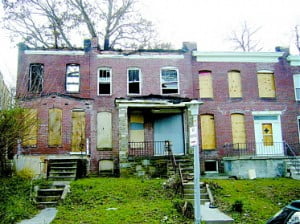Abandoned Property In Bankruptcy
When a debtor files bankruptcy, all of their property becomes part of the bankruptcy estate. The bankruptcy estate is basically a structure which takes ownership of all property (not physical ownership in most cases) and then liquidates any property it has a right to liquidate. When filing bankruptcy, the debtor works with their attorney to determine the value of their property and to claim any property as exempt that is allowable by law. Fully exempt property cannot be liquidated by the bankruptcy trustee and is not technically part of the bankruptcy estate unless the exempt status is successfully challenged. On the other hand, if there is some property that is not exempt, the debtor may be able to get back if it is abandoned by the bankruptcy trustee. The bankruptcy code gives a basic understanding of how abandonment works.
Under Section 554 of the U.S. Bankruptcy Code , property is abandoned in one of two ways:
- after a motion is made to the court by either the trustee or a party in interest to the case demanding abandonment of property that is considered burdensome or of inconsequential value and benefit to the estate; or
- unless the court orders otherwise, the closing of the case serves to abandon property that hasn’t been administered by the trustee.
In summary, abandoned property is that property which the bankruptcy trustee has determined to be of so little value to the estate and creditors that it is not worth liquidating. Once the case is closed, the abandoned property returns to its original owner – usually the debtor. In most basic bankruptcy cases, this is not really an issue because the debtor really has no non-exempt property of any real value. But there are exceptions to this rule and in those cases the rule of abandonment is a benefit to the debtor.
